Since July, China’s southern provinces have been hit by heatwaves and an ongoing drought. Parts of the Yangtze River are running dry, which is dramatically impacting farming, production, and the lives of the local people.
Originating on the Plateau of Tibet, the Yangtze winds eastward, passing cities including Chengdu, Chongqing, Wuhan, and Nanjing, and finally flowing into the East China Sea near Shanghai. These cities are among the largest in China, and their population accounts for nearly one-third of the national population.
Summer is usually the wet season for the Yangtze basin. According to the Chinese Water Resources Ministry (CWRM), China’s main flood season in the south officially began on June 1, and authorities were preparing for flooding as usual in June this year.
Two months ago, flood control emergency drills were being conducted on the Huanghu River, a tributary in the lower reaches of the Yangtze, which was full of water with a width of 300 meters (328 yards) at the time, according to CCTV, the Chinese Communist Party’s (CCP) major propaganda mouthpiece. But in August, CCTV video showed a dried up Huanghu River with its sandy river bed visible and some grass poking through the soil.
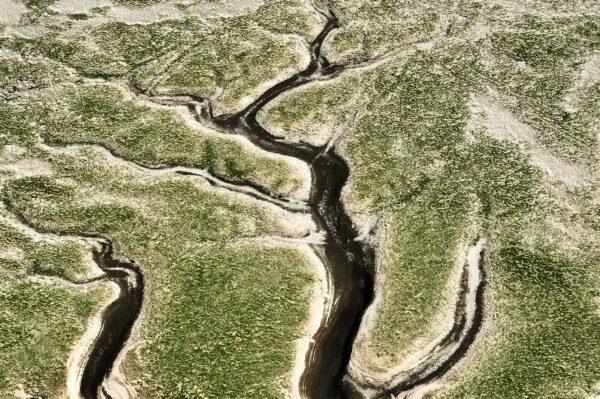
Mr. Ji, a native of Wuhan City, Hubei Province, said that the water level has receded below the mud slopes, which is very rare in summer.
“I haven’t seen so low a water level in my life,” Ji told the Chinese language edition of The Epoch Times on Aug. 24, “older generations of the family haven’t seen this, either.”
A netizen named HanDeSome, a photographer focusing on life and scenery in Wuhan, posted photos of water levels of the Yangtze in Wuhan in June and August, saying that water dropped by seven meters (23 feet) within two months.
A large area of the riverbed is exposed at the confluence of the Jialing River and the Yangtze River near Chongqing City, and two netizens are seen driving across the dried-up river bed on motorcycles in online footage posted by a netizen named Li Nanfeng on August 18.
Wang Weiluo, a prominent Chinese hydrologist now living in Germany, said that the weather plays a role in the drought.
“The first reason is little precipitation. The second reason is that the high temperatures increase the amount of evaporation,” Wang told the Chinese language edition of The Epoch Times on Aug. 23, “The water level of the river is a little lower partly due to these climatic conditions.”
China’s Water Control in a Planned Way
Wang said that the current drought in China is a man-made disaster, as the Chinese regime “wants water to follow to its orders.”“Every June, the MWR orders water to be discharged from all the dams,” Wang said, as the water authorities believe that there will be floods and rainfall in June, July, and August.
“This year, they miscalculated and made a mistake in their planning. This is one of the main reasons for this year’s drought.”
According to the MWR official website, its major responsibilities include: ensuring the rational development and utilization of water resources; formulating national and cross-regional long-term water supply and demand plans, water allocation plans and supervising their implementation; and allocating water resources in important river basins, regions and major water transfer projects.
“When the MWR and the Ministry of Emergency Management predicted the water, drought, and disaster conditions in China this year, they were not expecting severe drought. They said earlier, that the Yangtze will have a major flood and that the Yellow River, the Liaohe River, and the Haihe River will also experience major floods,” said Wang.
In response to high temperatures and drought, on Aug. 16, the MWR Yangtze River Water Conservancy Commission ordered 500 million cubic meters (about 654 million cubic yards) of water to be dispatched to the middle and lower reaches of the Yangtze River from the Three Gorges Dam.
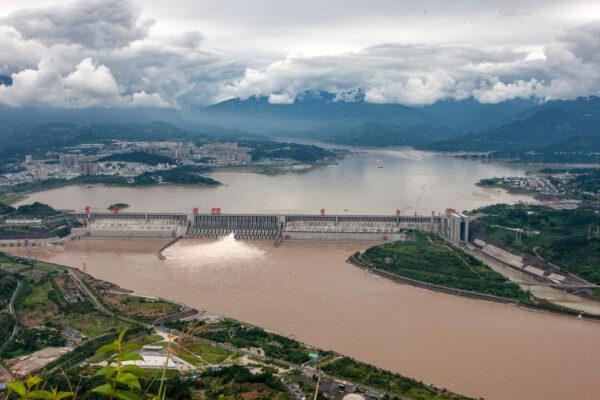
However, dams escalate water loss, Wang said.
Dams Reduce Water Volume
China manages its water system by building a large number of dams in different parts of the country on all of China’s rivers, but dams cause flooding during the wet season, which Wang explained in detail to the publication last year.In dry seasons, reservoirs are the main reason for water volume decrease due to evaporation and water use.
“There is data to prove this: the construction of a large number of reservoirs has caused the annual flow of the Yangtze River to decrease by 11 percent. To be specific, at Yichang, a city in Hubei Province located in the lower reaches of the Yangtze, nearly 40 billion cubic meters (52.3 billion cubic yards) of water have been reduced,” Wang told the publication.
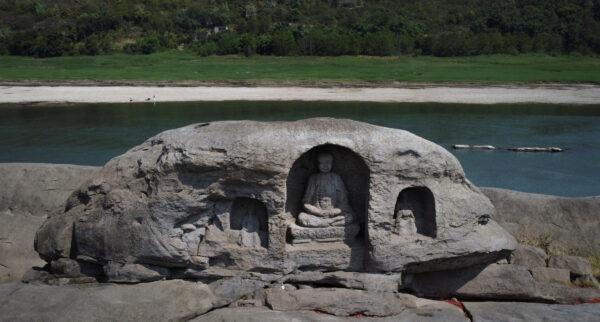
He cited an example of the Yongding River of Beijing in earlier years.
In the past, Beijing mainly relied on the Yongding River for water, which had an annual flow of 2 billion cubic meters (2.6 billion cubic yards).
“The CCP first built the Guanting Dam and then the Cetian Dam in the upper reaches of the Yongding, and it built a total of nearly 500 reservoirs later. Evaporation of water increased with every dam built, and the Yongding dried up eventually,” Wang said, adding that water in the Yongding River now is dispatched from the Yellow River.
He said that many Chinese scientists are aware of the fact that precipitation in the Three Gorges decreased by 10 percent after the dam was built.
“But they are afraid to study these issues. Even if they put forward a report on this issue, they will not be able to get funding. So scientists in China choose to ‘lie flat,’ that is, to say, doing nothing on this topic,” Wang said.
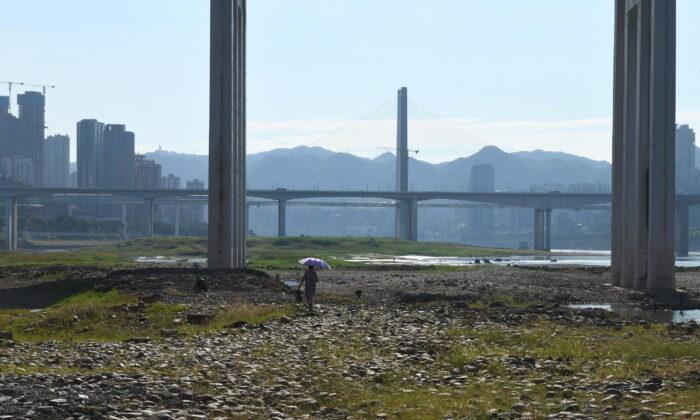

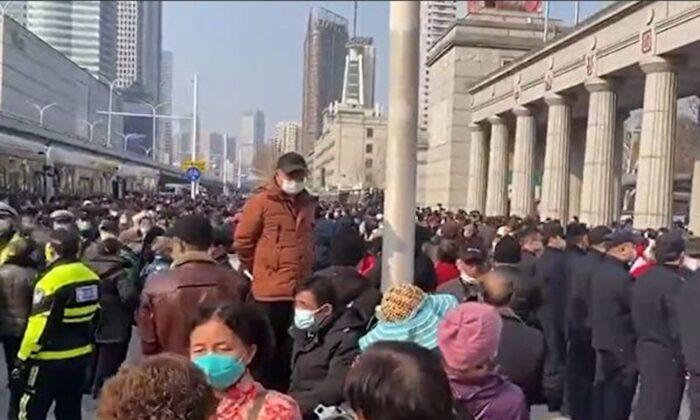

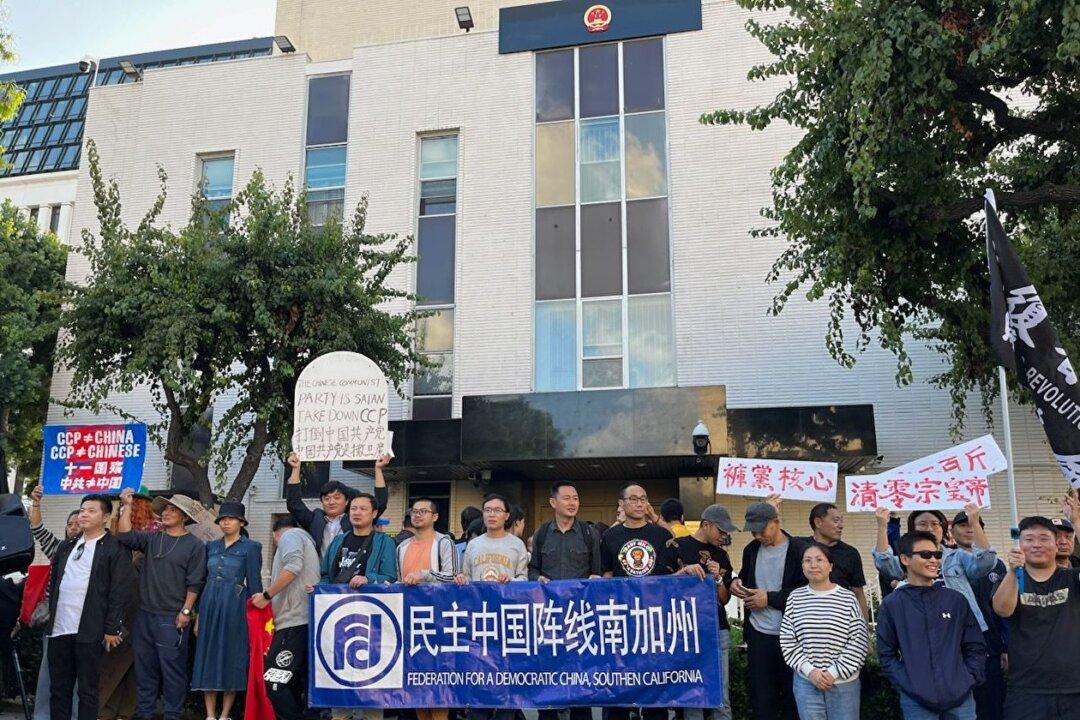
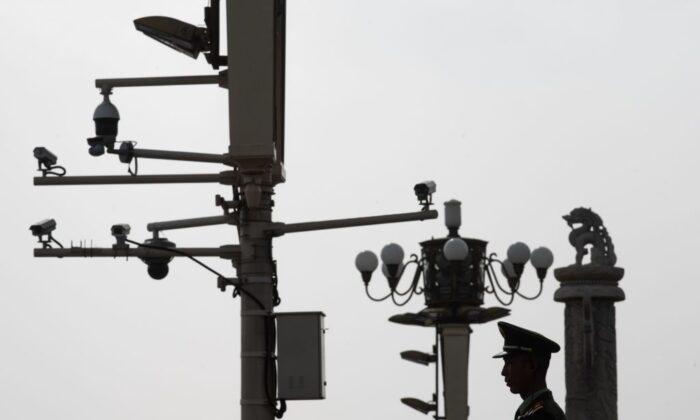
Friends Read Free